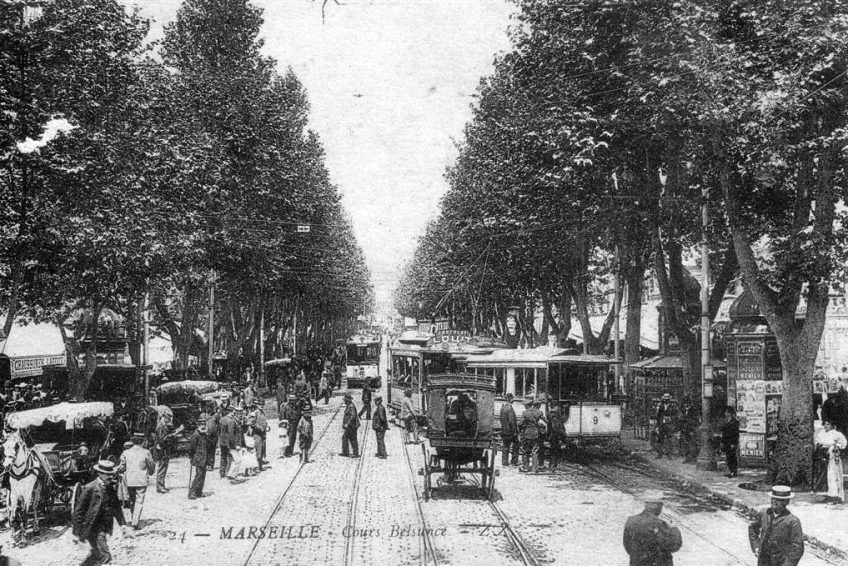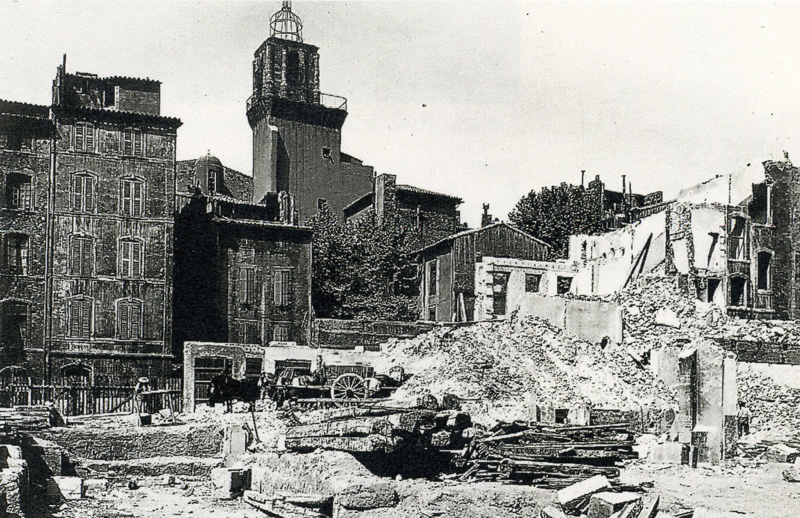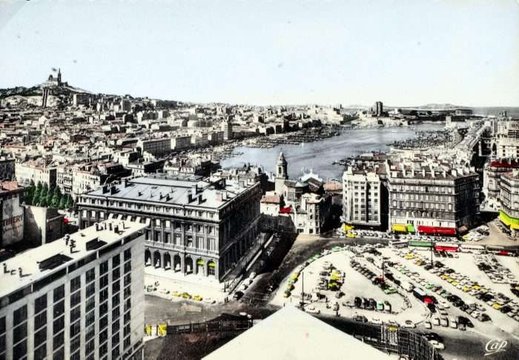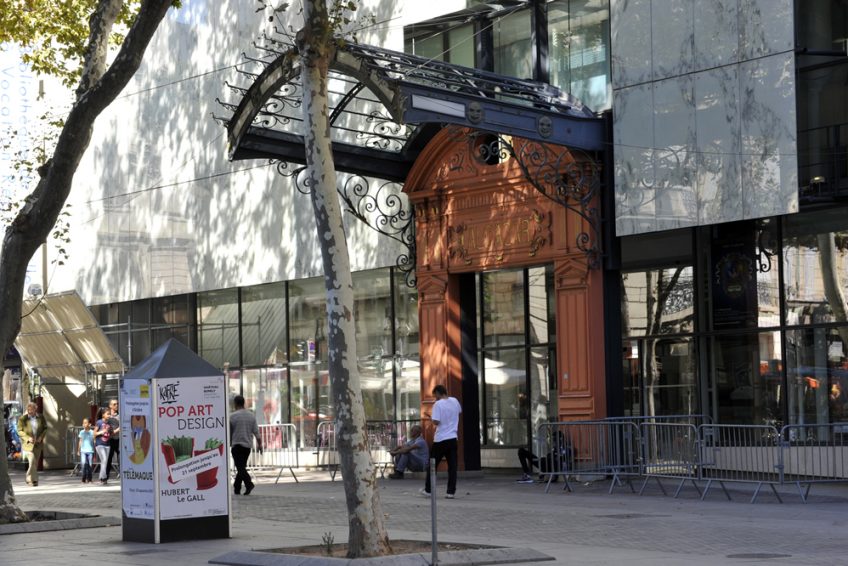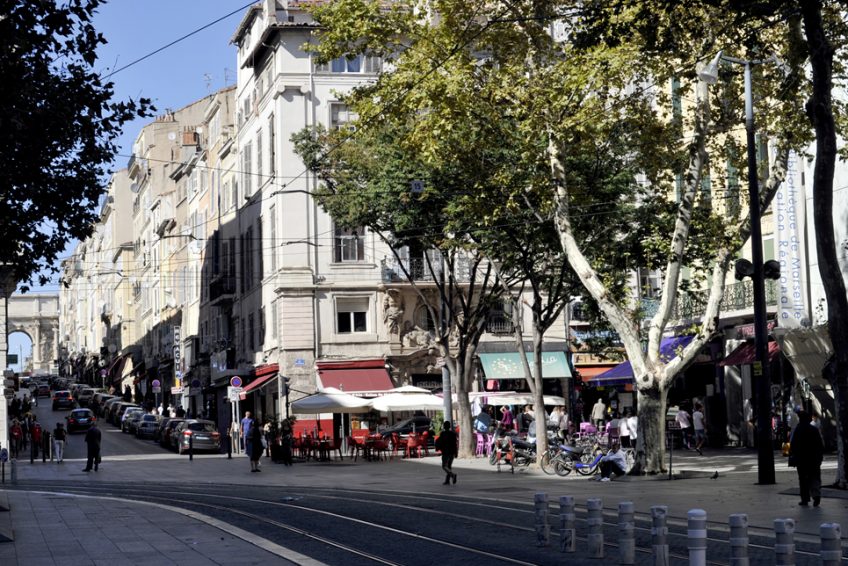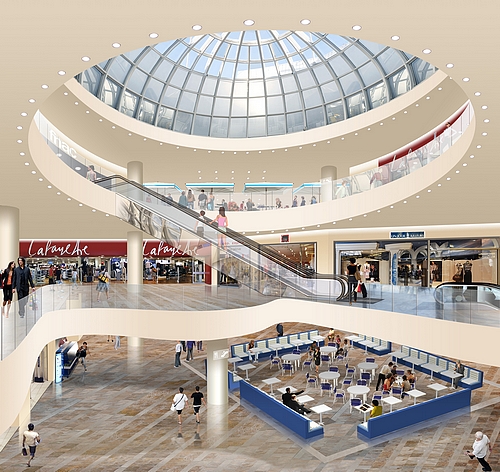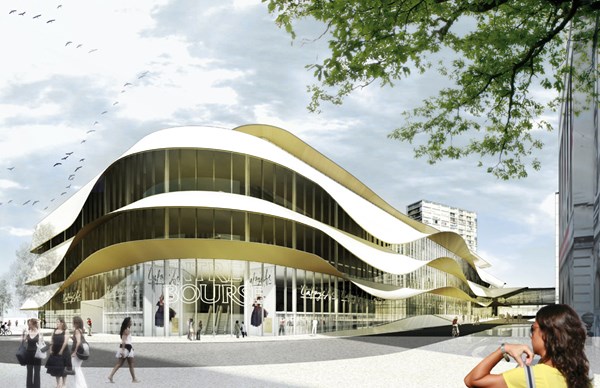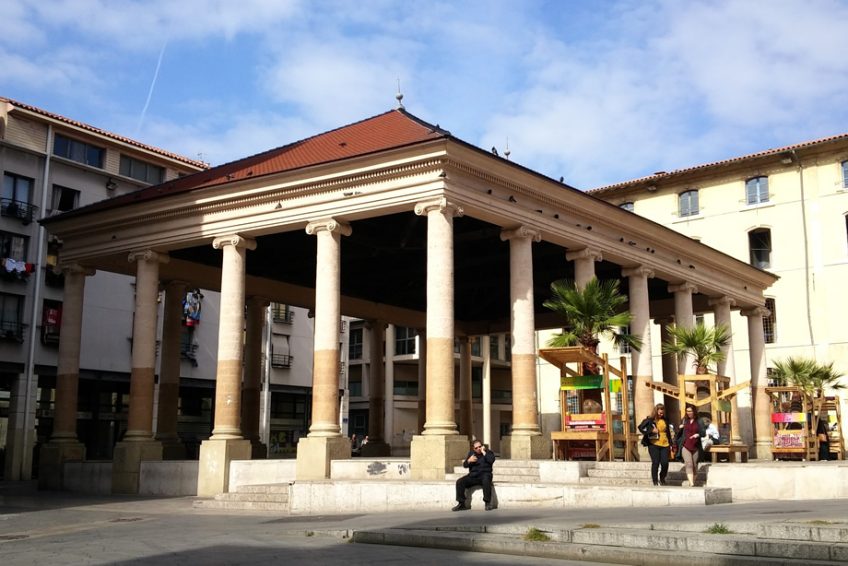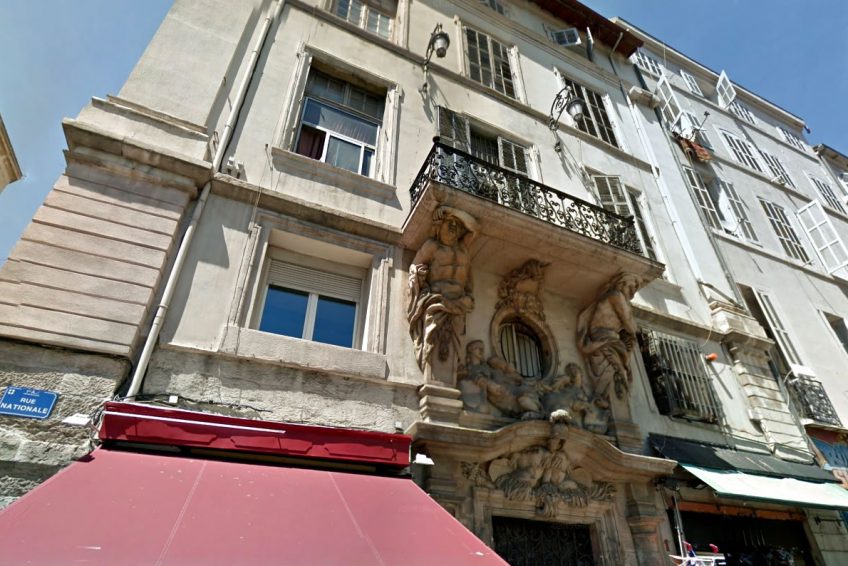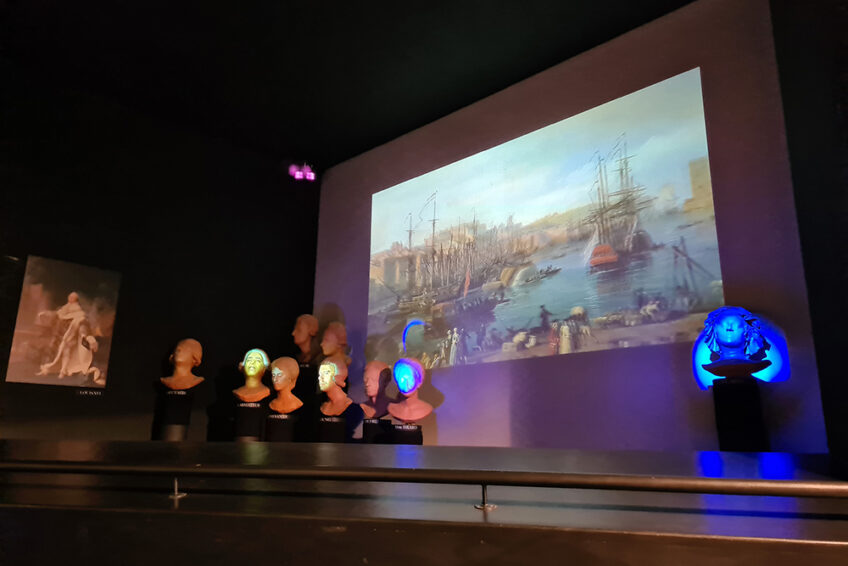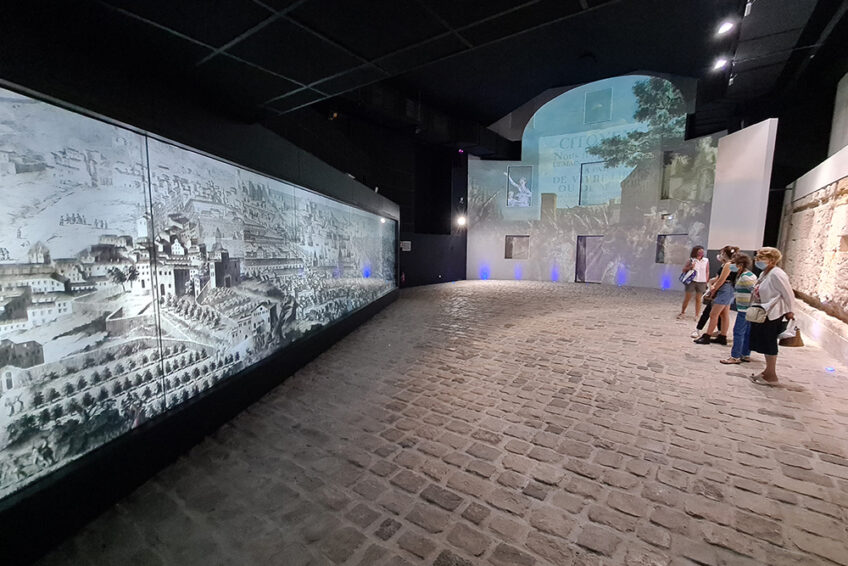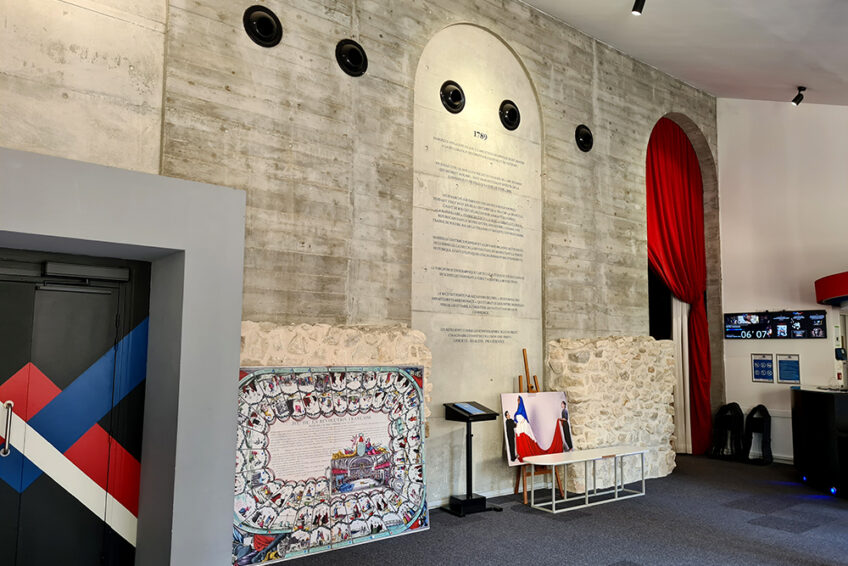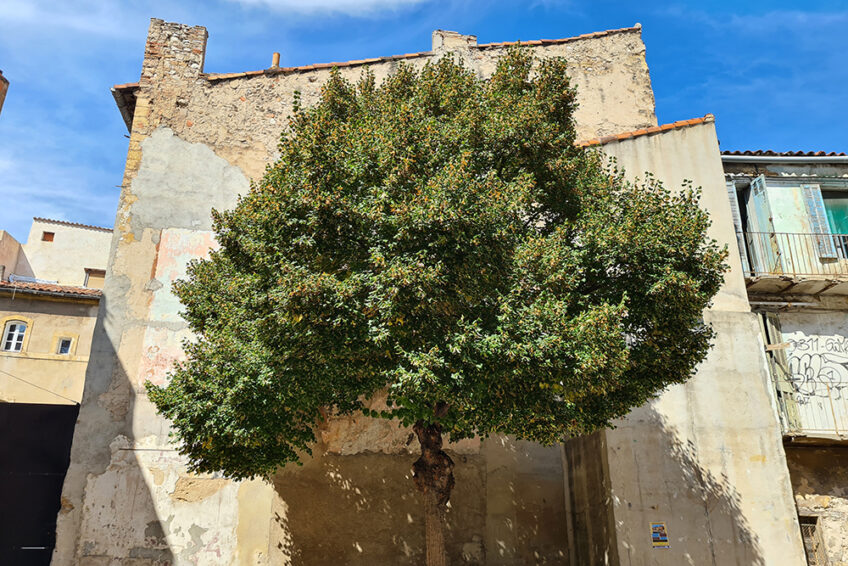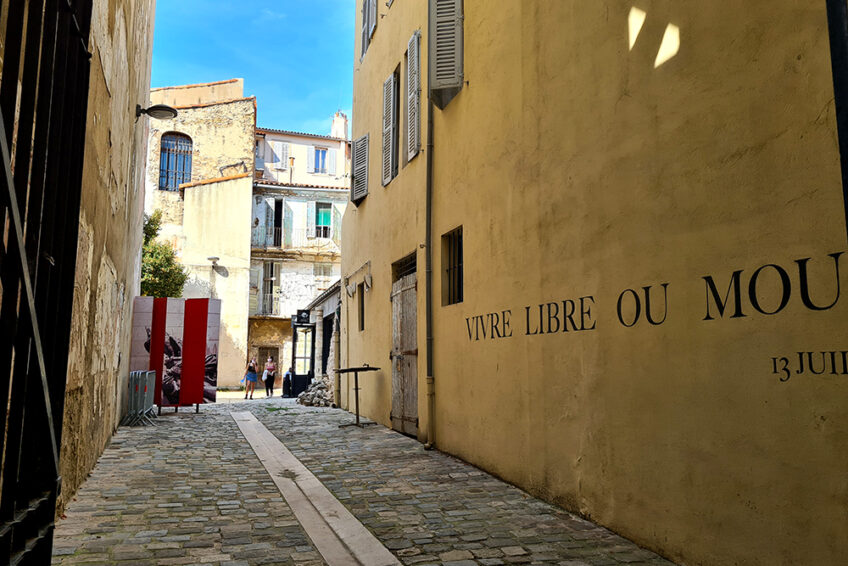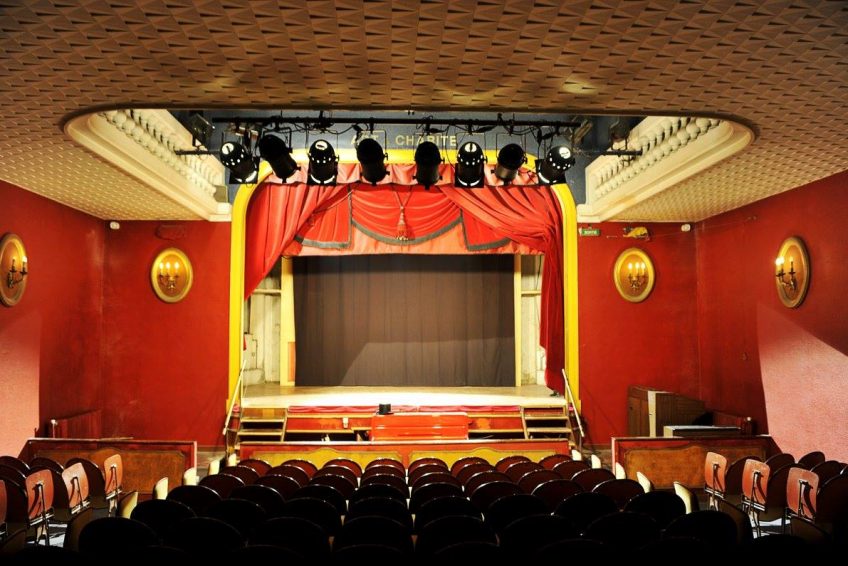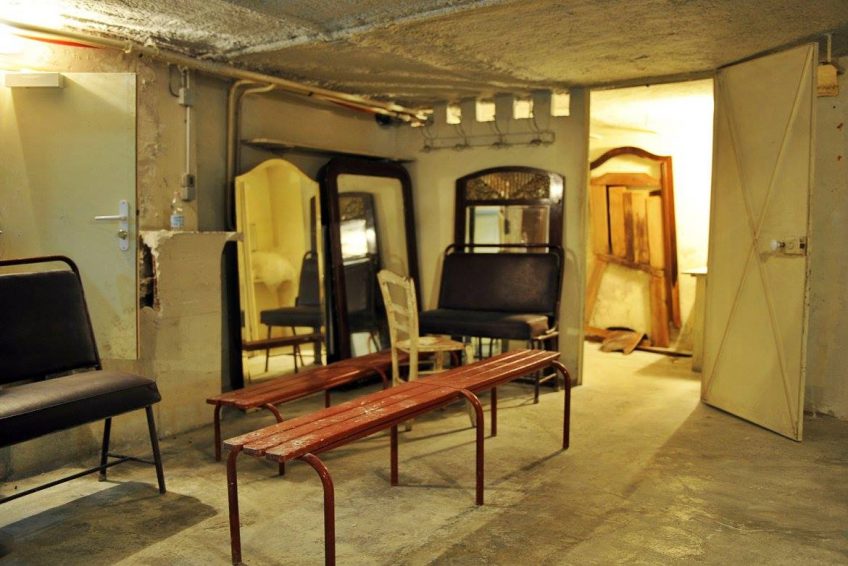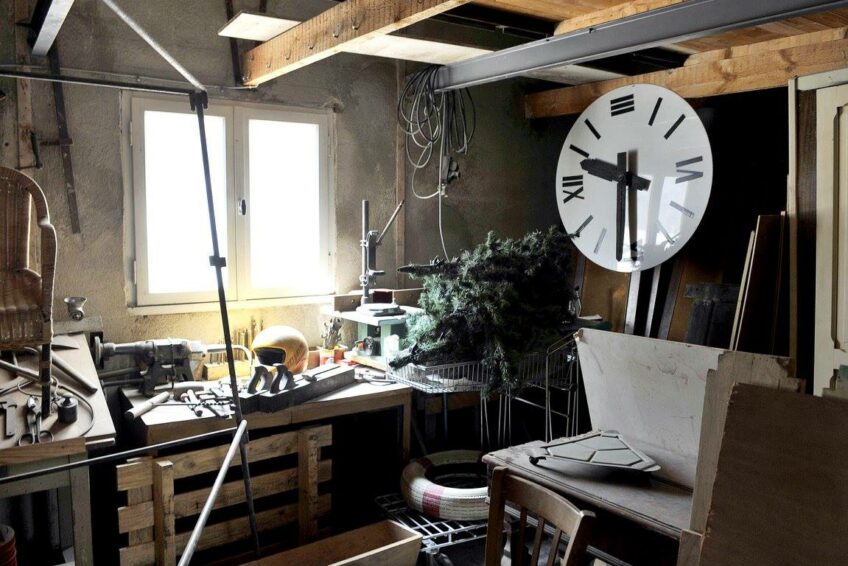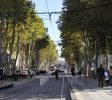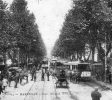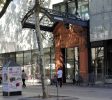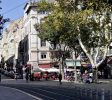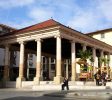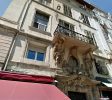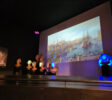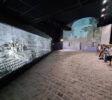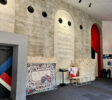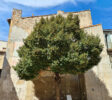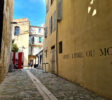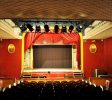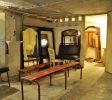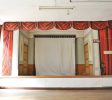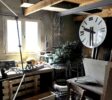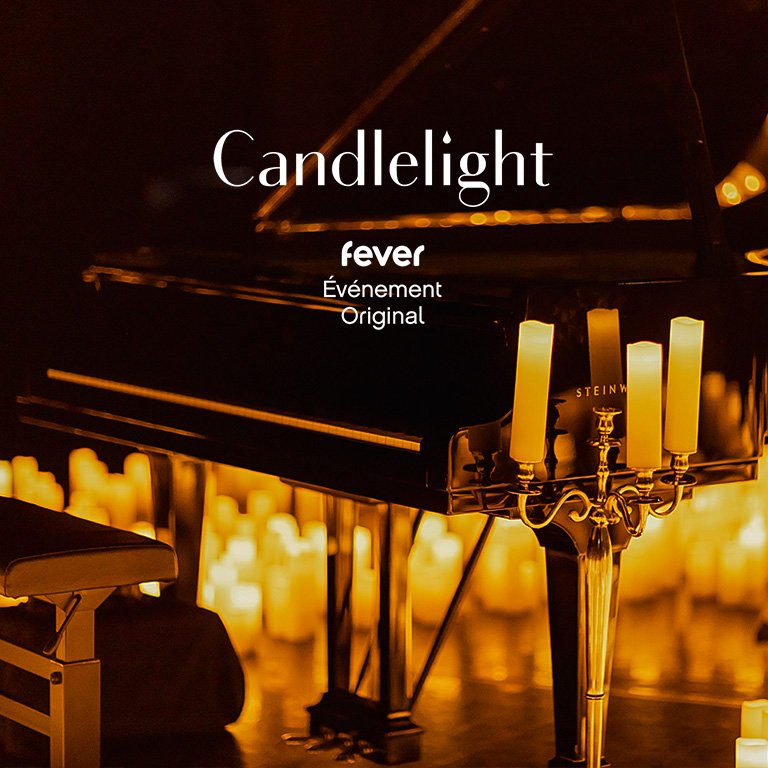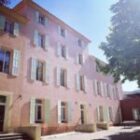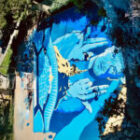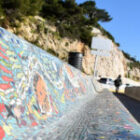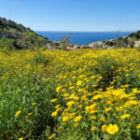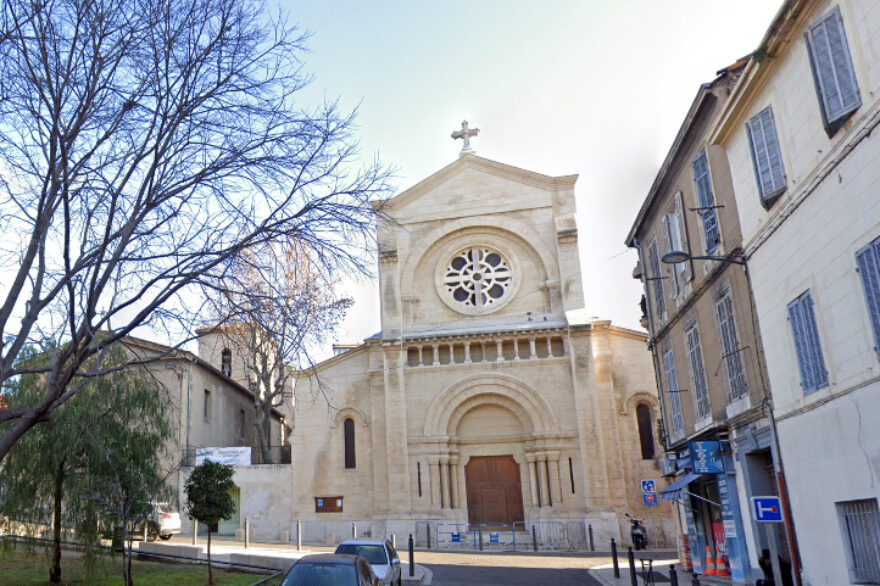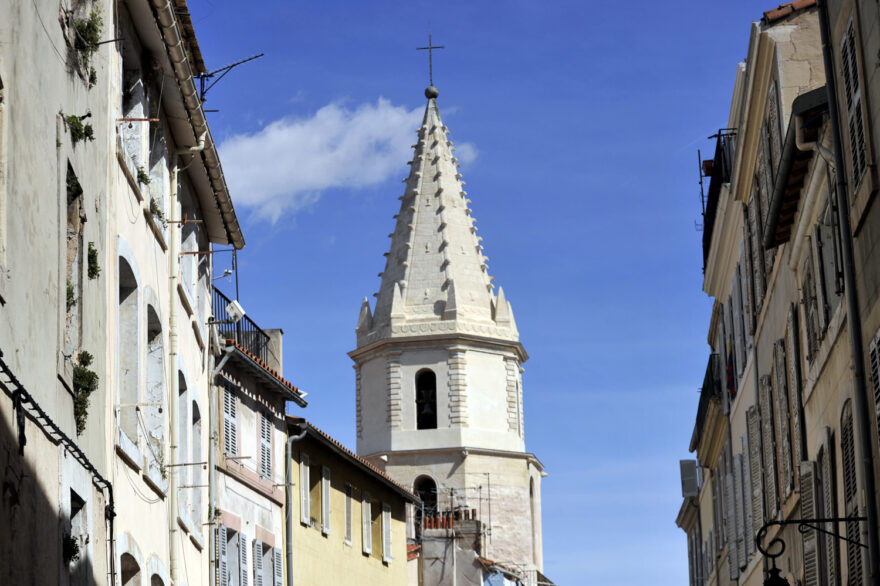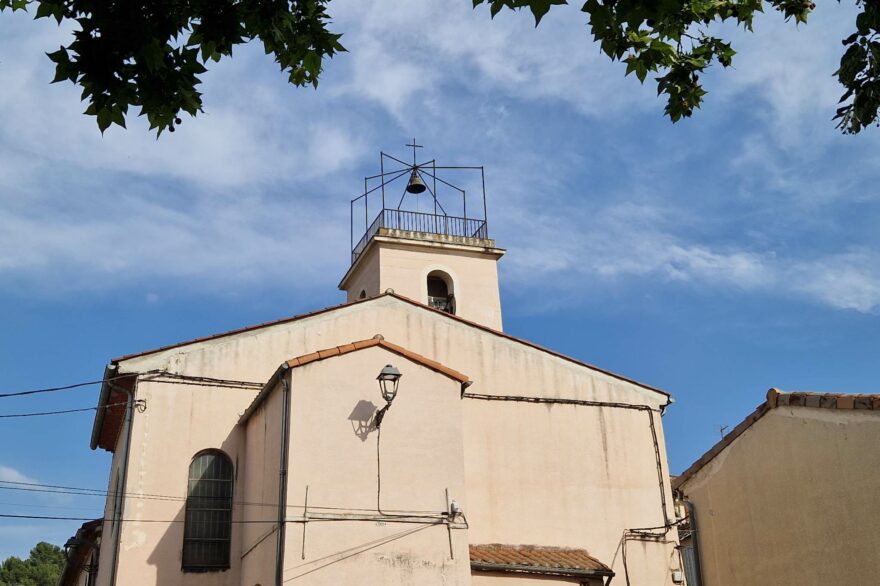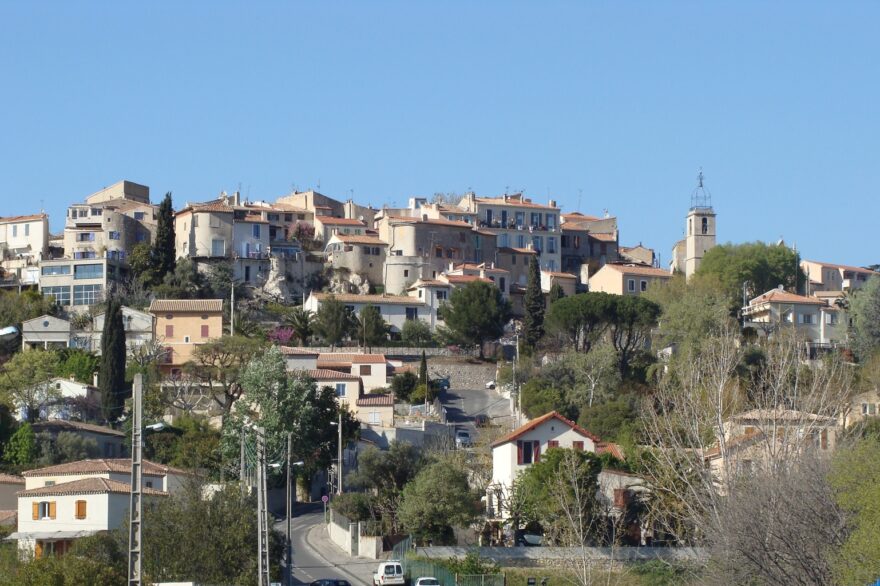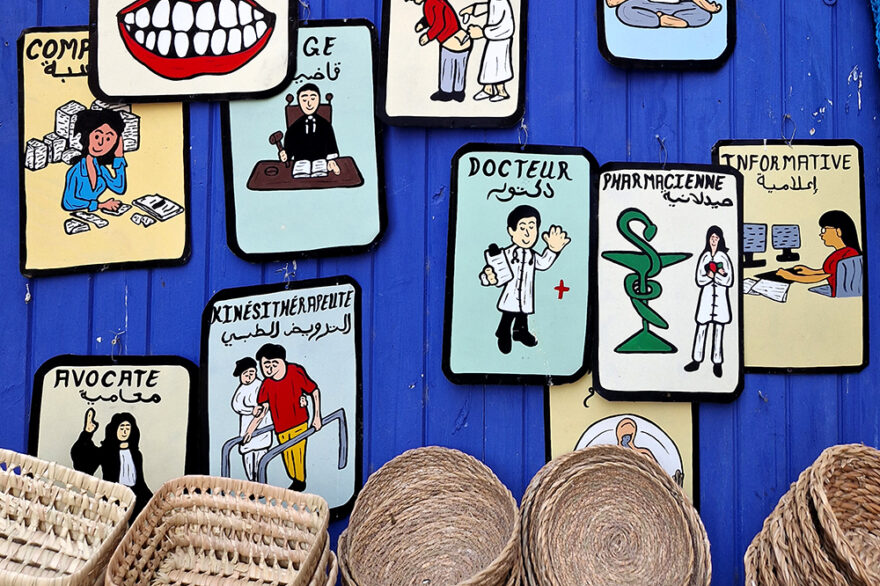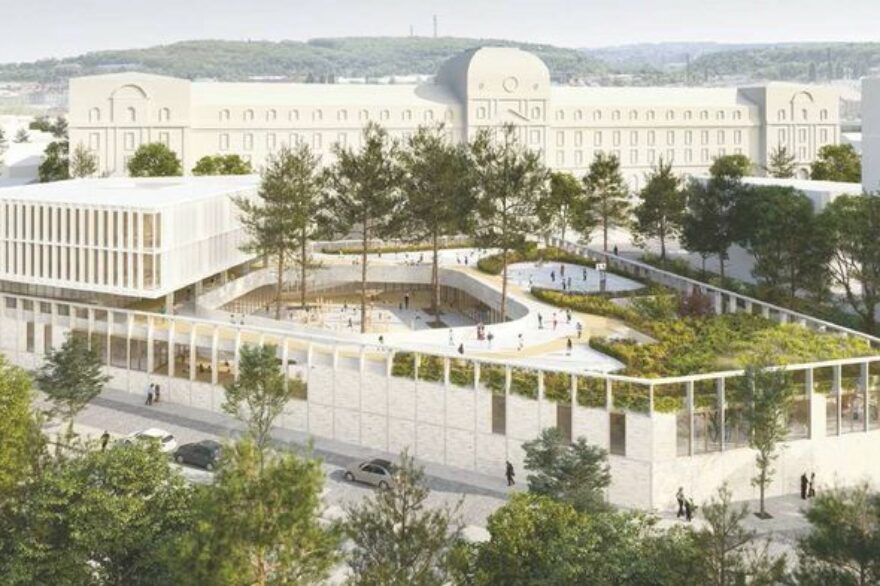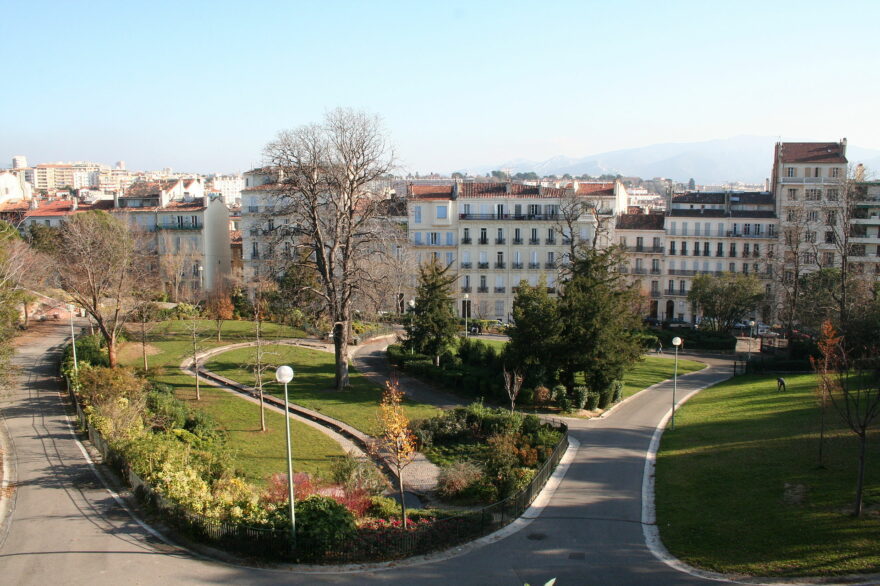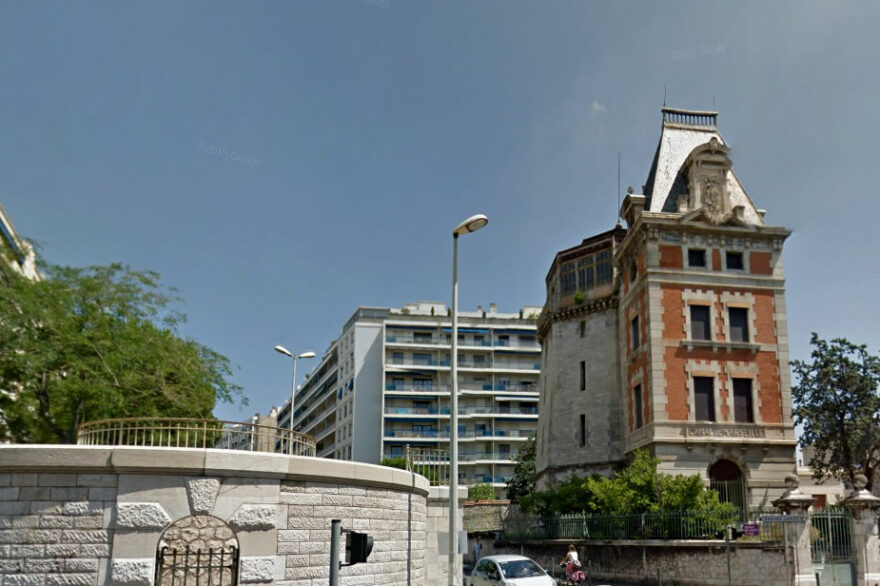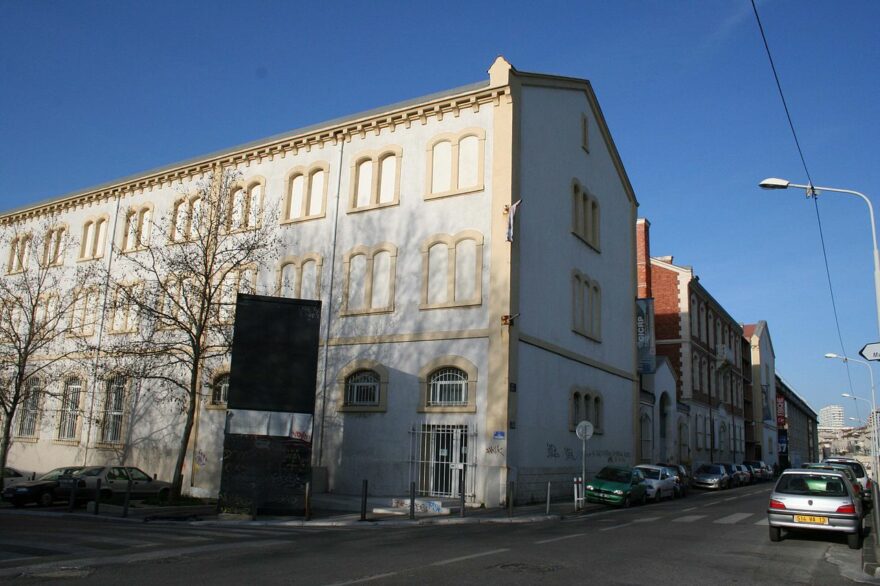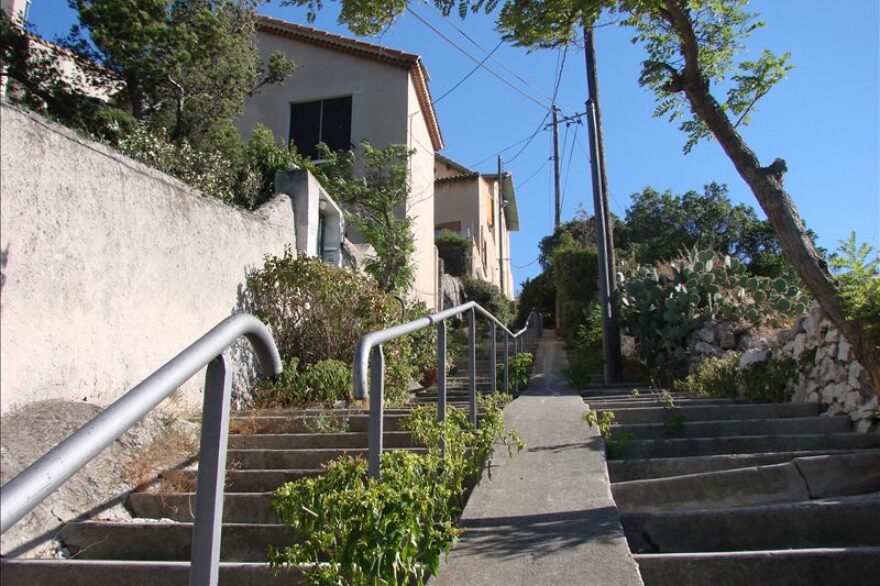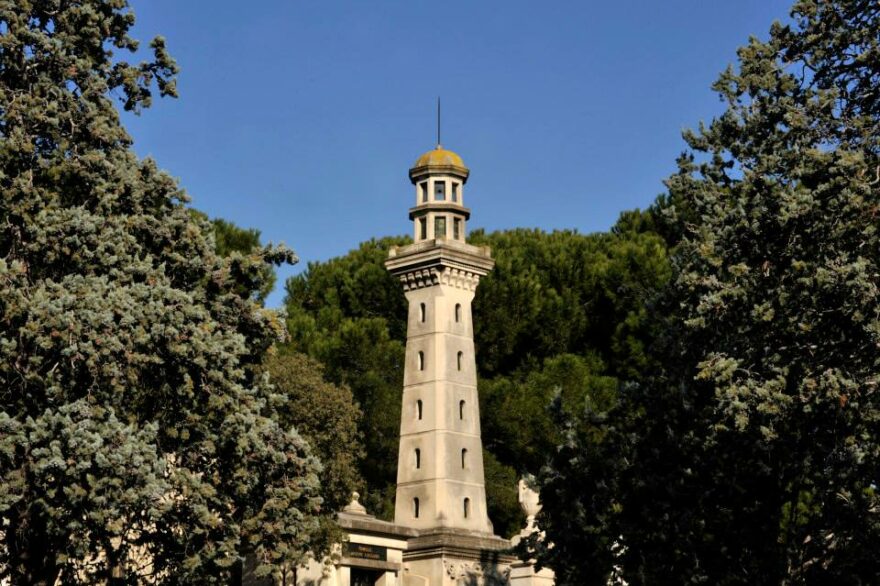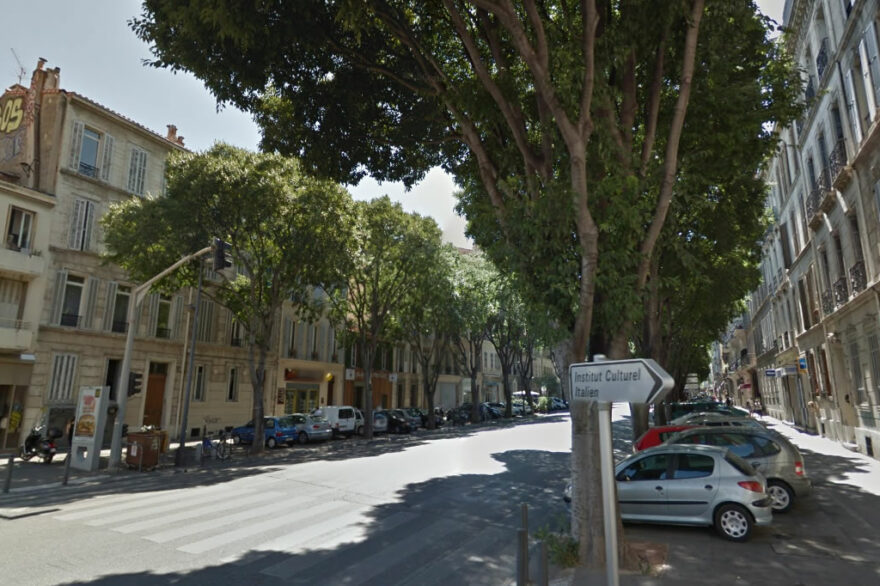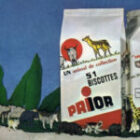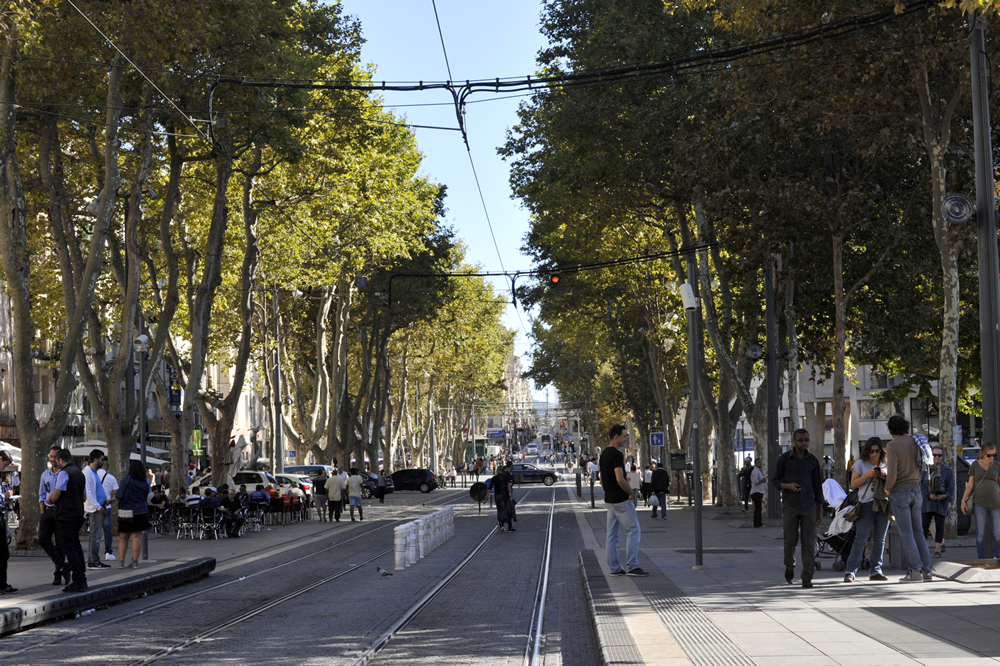
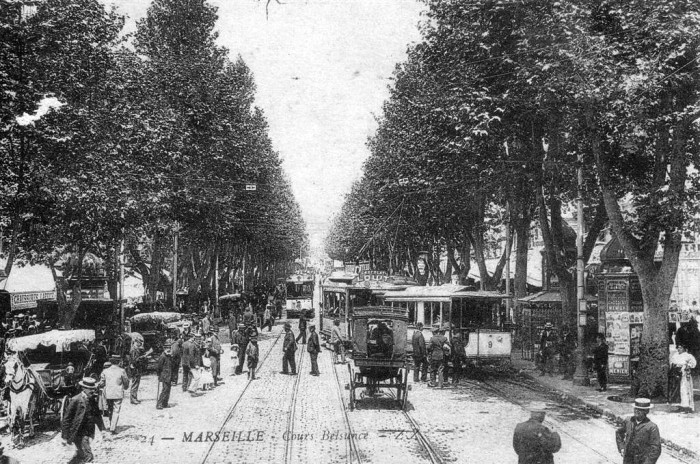
The district is generally bounded by the Canebière to the south, the Cours Belsunce to the west, the boulevard d'Athènes and the boulevard Dugommier to the east, the boulevard Charles Nédelec to the north. Its main avenue is the Cours Belsunce, perpendicular to the Canebière, which is extended by the rue d'Aix to the Place Jules Guesde. Belsunce remains a very popular district, notably home to the Stock Exchange Center, a large shopping center in the city center of Marseille built on theold ancient port and containing the Marseille History Museum, right next to it we find the alcazar, a former auditorium converted into a library and the Labourdette Towers, 4 buildings hated by the people of Marseille, but adored by those who live there for its panorama and its unique spirit as imagined by Le Corbusier. You can find fine examples of 17th century buildings in the area, such as theHotel Pesciolini,Hotel Hubaud, superb churches (in need of renovation), the third place Coco Velten, old hotel facades or even the Halles Puget.
It is here from his balcony, at the corner of the rue du Tapis Vert and the Belsunce courses that the Marseille memoirist Julie Pelizzone studied his city. We can discover a room in the astonishing Theater of the Work, discover the setting of the first song of the Marseillaise, or many low-cost clothing stores and wholesalers.
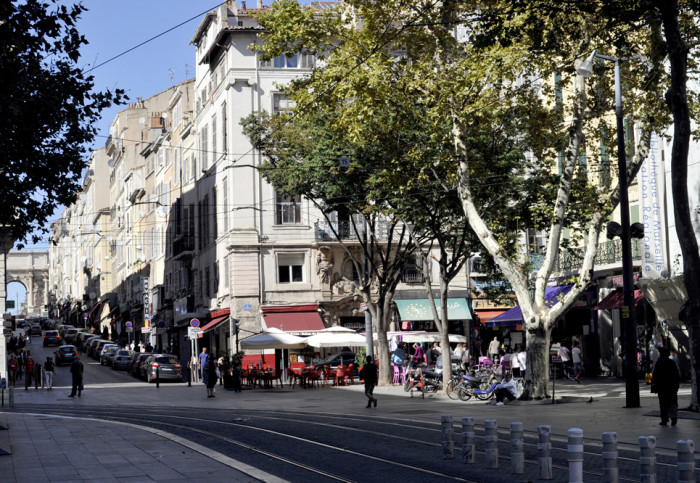 The rap song Belsunce Breakdown from Bouga, taken from the soundtrack of the film “Like a magnet”, describes life in the neighborhood.
The rap song Belsunce Breakdown from Bouga, taken from the soundtrack of the film “Like a magnet”, describes life in the neighborhood.
“…Everything starts and comes from here. Do you dispute? Prepare your will guys. Belsunce, jewel of the Marseille districts.
Stuck between the station and the old port, we are not the most to be pitied.
At home and away, we crack down on cockroaches like the Baygon”
— Bouga, Belsunce break-down, BO
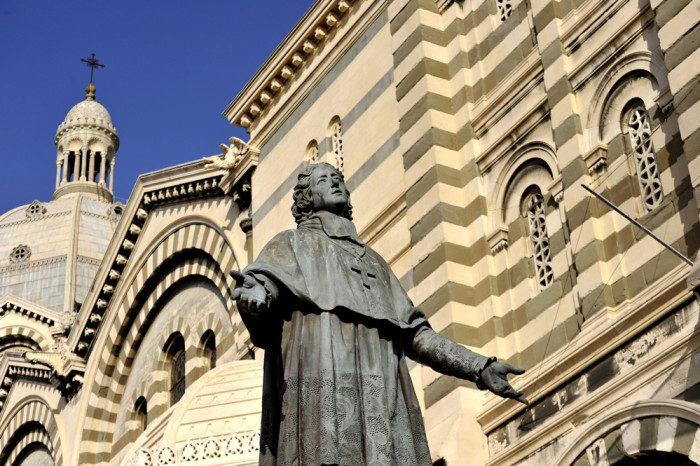
Henri-François-Xavier de Belsunce de Castelmoron was a French cleric born at the Château de La Force in Périgord on December 3, 1671 and died in Marseilles on June 4, 1755. Bishop of the city of Marseilles during the plague of 1720, he was then appointed by Louis XV Bishop-Duke of Laon in 1723 and Peer of France to replace Charles de Saint-Albin, but he refused this post and it was Étienne-Joseph de La Fare who was appointed. François-Xavier de Belsunce de Castelmoron was the second son of Armand de Belsunce, marquis de Castelmoron, baron de Gavaudun, lord of Vieille-ville and Born, grand seneschal and governor of the provinces of Agenais and Condomais, and of Anne Nompar de Caumont de Lauzun, sister of Antonin Nompar de Caumont, the famous Duke of Lauzun. His older brother was called Armand, he had two others, Antonin and Charles-Gabriel and a sister, Marie-Louise, who was Abbess of Ronceray. Raised in the Reformed religion, he became a Catholic at the age of 16.
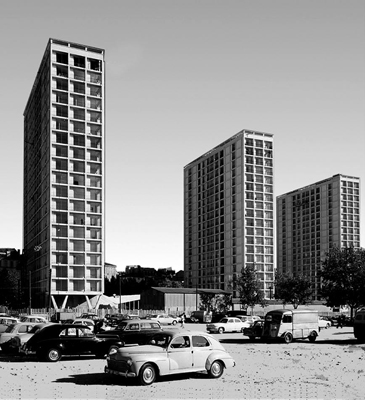
Labourdette Towers
He studied at the Louis-le-Grand college and entered the Jesuits in 1689, and left them in 1701 for health reasons. He always maintained good relations with them, which caused Saint-Simon to write in his Memoirs: "The Jesuits put him out of their homes to make more useful use of them3". He was ordained a priest in 1703 In 1706 he lost his aunt, Miss Susanne-Henriette de Foix de Candalle of illustrious birth and wrote his first book about her life. After having been vicar general of the diocese of Agen, he was appointed to the bishopric of Marseilles by the king on April 5, 1709, a decision ratified by the pope on February 19, 1710. He remained bishop of Marseilles for 45 years, until his death in 1755. In 1713, Pope Clement XI condemned a book by Pasquier Quesnel de l'Oratoire considering that it contained errors: this is the bull Unigenitus. Belsunce accepted the bull and vigorously opposed those who protested – the so-called “Appellants” – notably the Oratorians and several canons. He was not satisfied with prohibiting the Fathers of the Oratory from preaching but also from administering the sacraments. In these quarrels against Jansenism, he came out forcefully against this movement and thus got into trouble with the Parliament of Aix. The event which marked the episcopate of Mgr de Belsunce was the great Plague of Marseilles of 1720. His attitude during this period was very courageous. Many were struck by his devotion to the sick. He multiplied spectacular gestures by exorcising the scourge from the top of the Accoules steeple; this fact is reported thus by Chateaubriand in his Memoirs from beyond the grave:
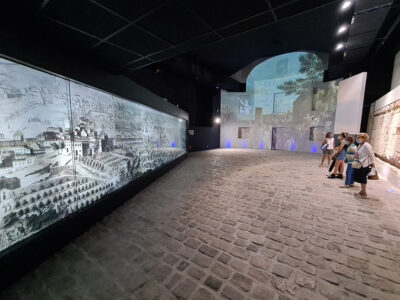
Palm game at the Marseillaise Memorial
"When the contagion began to slow down, M. de Belsunce, at the head of his clergy, went to the church of Les Accoules: mounted on an esplanade from which one could discover Marseille, the countryside, the ports and the sea, he gave the blessing, like the pope in Rome, blessed the city and the world: what more courageous and purer hand could bring down the blessings of heaven on so many misfortunes?
He made processions and consecrated the city to the Sacred Heart during a mass celebrated on November 1, 1720 on the courtyard which now bears his name. This last step would have been suggested to him by the Visitandine Anne-Madeleine Rémusat. The Basilica of the Sacred Heart was built on the occasion of the bicentenary of this consecration.
On this occasion, Belsunce said:
“God forbid that I abandon a population of which I am obliged to be the father. I owe him my care and my life, since I am his pastor. »
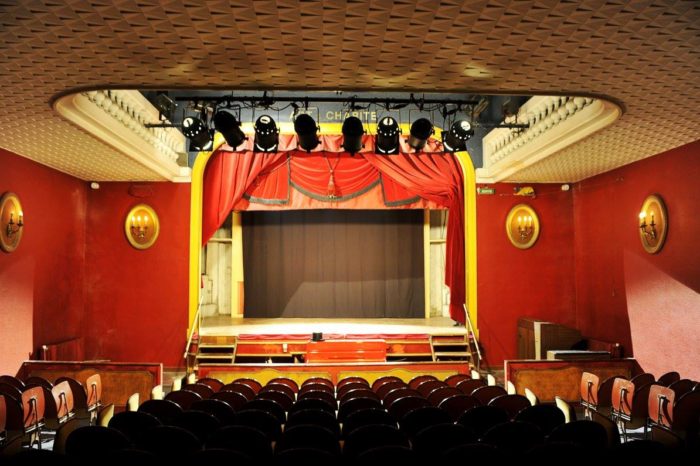 The evocation made by Albert Camus of the bishop of Belsunce in his work “La Peste” seems exaggerated: “Here, Father Paneloux evoked the high figure of the bishop of Belsunce during the plague of Marseilles.
The evocation made by Albert Camus of the bishop of Belsunce in his work “La Peste” seems exaggerated: “Here, Father Paneloux evoked the high figure of the bishop of Belsunce during the plague of Marseilles.
He recalled that, towards the end of the epidemic, the bishop having done all he had to do, believing that there was no longer any remedy, shut himself up with food in his house which he had walled up. ; that the inhabitants of whom he was the idol, by a return of feeling such as one finds in excess of pain, became angry with him, surrounded his house with corpses to infect it and even threw bodies over the walls, to kill him more surely.
Thus, the bishop, in a last weakness, had thought to isolate himself in the world of death and the dead fell from the sky on his head. (page 182, pages 3 to 16, Gallimard edition, 1947).
After the end of the contagion, there was great admiration for the prelate. In order to reward him for his devotion and on the recommendations of his uncle the Duke of Lauzun, the Regent appointed him in October 1723 to the bishopric of Laon. He informed the young king Louis XV of his renunciation of the bishopric of Laon which was attributed to Mgr de La Fare. Indeed he preferred to stay in Marseilles in the middle of his flock who had known the terrible ordeals of the plague. In 1726 Belsunce attended the provincial synod of Embrun which met to condemn the Jansenist opinions of Soanen, bishop of Senez. After 1730 he carried out a meticulous supervision of primary and secondary education. He favored the Jesuits and their new college which bears his name and which moved to rue des nobles, renamed rue Belsunce. This street disappeared during the development of the district from 1911 to 1938. The presence of Freemasonry in Marseille was detected by the bishop in 1737, who wrote a letter dated September 28 for the intendant of police, in these terms: "I do not know, Sir, what the Freemasons (sic) are, but I know that these societies are pernicious to religion and to the State". He was non-resident commendatory abbot of the Abbey of Chambons in the Vivarais. A member of the Academy of Marseilles, he attended several meetings, in particular that of January 12, 1746, which accepted Voltaire as an associate member. He signs the minutes without reservation, which shows a certain tolerance on his part that is unusual in many other situations. From 1747 to 1751 were published under his signature the three volumes of Antiquity of the Church of Marseilles and the succession of its bishops. It is currently accepted that the real author would be the Jesuit Father Claude Maire (1694-1761) who was his theological adviser and his main collaborator. In recent years, he notes with sadness a distancing from religious practices, especially among the most privileged classes. He died in Marseilles on June 4, 1755. The bishopric and the city gave him a grand funeral. The funeral oration was delivered by the Jesuit Lenfant. He established the Hospital of the Great Mercy of Marseille, his universal legatee. He made some special donations to the Jesuits who inherited his library, to his servants, to the poor and to his parents.
